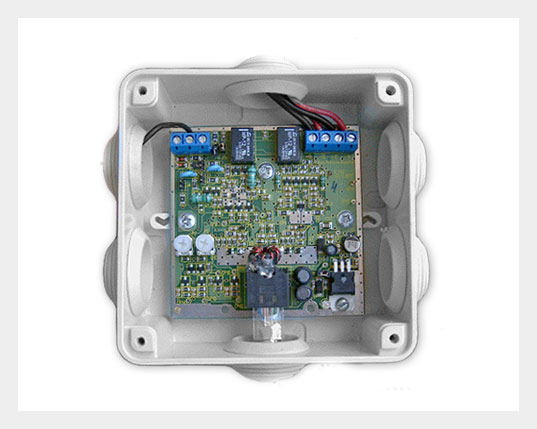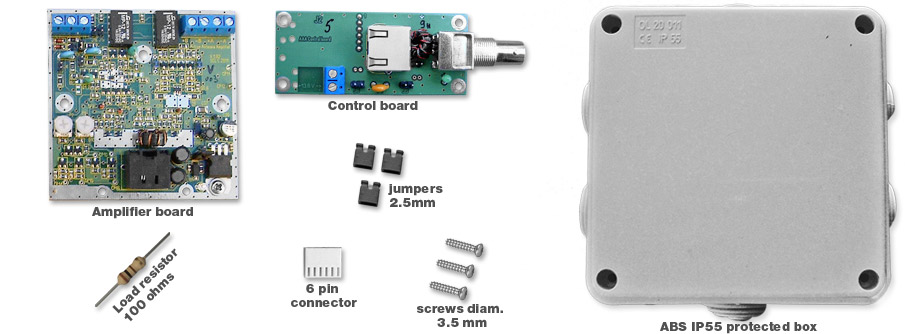I recently stumbled upon the Active Antenna Amplifier (model AAA-1C) by LZ1AQ. At 87.00 EUR, it’s a pretty affordable and flexible solution for those who would like to design or use a loop antenna.
According to the website, it packs a lot of features:
- 4 remotely switched modes (Loop A, Loop B, crossed parallel loops A&B and dipole)
- Each mode can be switched immediately
- Good sensitivity and a flat frequency response
- High dynamic range
- Protected input from strong signals
- High immunity to local noise with balanced amplifiers and balanced feed line
- Balun transformer coupling for common mode noise reduction
- Extensive documentation manuals with detailed description how to build your own small antennas
The amplifier is described as a kit because you must mount the board, wire up the antenna and set up remote switching yourself. It appears the SMT board comes pre-populated, though so I’m not sure if any actually soldering is required (perhaps someone can verify).
Click here to download the mounting instructions (PDF).
I’m tempted to purchase one this winter for use on mediumwave.
Click here for more info about the AAA-1C at LZ1AQ’s website.
Have any SWLing Post readers built and used this amplifier? Please comment!



I hate to throw it away. I think I paid about $80.00 for it about a year ago. I followed the instructions and installed the necessary jumpers. Because I only wanted a single operating mode from the amp, I jumpered the switch connections to that mode instead of installing switches that I had no use for. The LED on the mainboard lights up as does the LED on the control board. However, I cannot get any amplified output from the amp. I sent a couple of emails to the seller but received no reply. So, I could have received a faulty product, or I could have assembled it incorrectly, but at any rate, I haven’t gotten any use out of it at all.
No soldering required.
Works very well for me. I live in a big city in a flat on the ground floor. With this active antenna (single loop) I am able to hear DXes on 1.8, 3.5 and 7MHz, which is a small miracle. Noise is usually on S0-S1. Note that you have to rotate the loop to find the minimum for the local noises. With a normal wire antenna I was having S8!
So yes, definitely works as designed.
That’s pretty cool; I made my own “live antenna” amp but did not know how to build an auto limiter for overload and had to manually attenuate.
Yes DL4NO, is a kit and need some manual intervention to complete but… the loop antenna work wonderfully well!
Here my loop in action, see the video comment for the stations name.
Oh Thomas,
why did you have to remember me to this old, unfinished project of mine?
LZ1AQ did quite some homework on this amplifier. But he left too many open ends so this project has gathered dust here for quite some time:
* The provided housing is definitely not IP55, but IP50: It is a quite soft electrical installation box that you might use in your cellar.
* You must crimp your own cables: You will not get a RJ 45 plug into the housing without losing the rest of water protection. I am not even sure that the signals are sent through a single twisted pair of a standard LAN cable.
* The control board has the RJ45 socket in the middle, see the picture above. Therefore you need to build a replacement board if you wish to have an external connector for the antenna. But how do you solder any normal RJ45 socket to a standard 1/10″ breadboard?